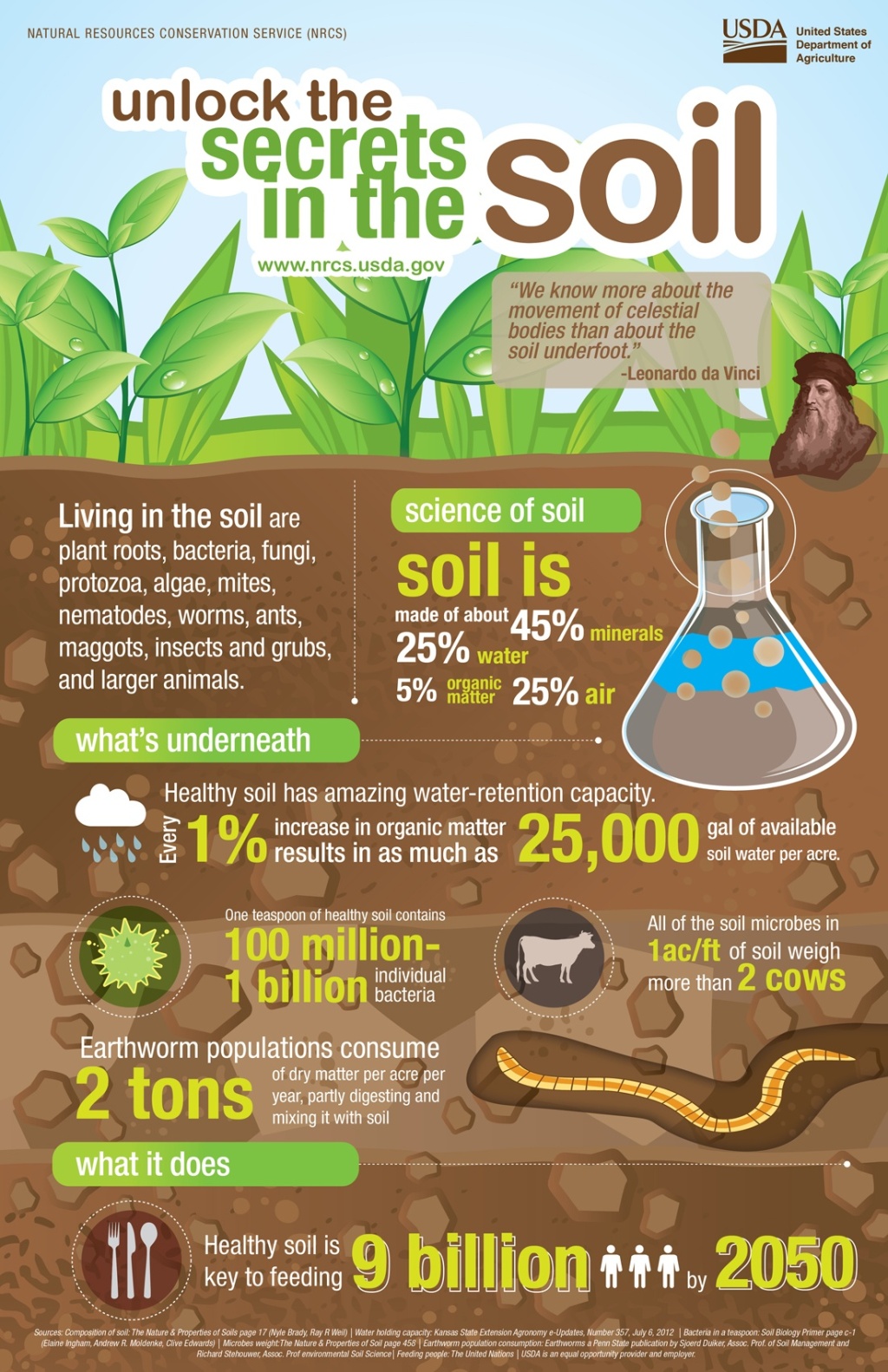Soil health is vital for successful farming, gardening, and homesteading. Healthy soil not only supports plant growth but also helps retain water, sequester carbon, and promote biodiversity. However, over time, soil can become depleted of nutrients and organic matter due to intensive agriculture practices or neglect. To ensure the long-term productivity of your land, it’s essential to implement effective soil health management strategies. In this article, we will explore several techniques that can help you maintain or restore the health of your soil.
1. Crop Rotation: One of the most basic yet effective strategies in soil health management is crop rotation. By rotating different crops throughout the growing seasons, you can prevent nutrient depletion and reduce pest and disease build-up in the soil. Each crop has unique nutrient requirements and interacts with the soil microbiome differently. For example, legumes like beans or peas fix nitrogen from the atmosphere into a form usable by plants while also improving soil structure.
2. Cover Crops: Cover crops are grown primarily to protect and improve the quality of the soil rather than for harvest purposes. They provide numerous benefits such as preventing erosion, suppressing weeds, adding organic matter to enhance fertility, increasing water-holding capacity, and attracting beneficial insects. Common cover crops include clover, rye grasses, buckwheat, or vetch.
3. Green Manure: Green manure refers to specific cover crops that are intentionally grown then tilled back into the ground while still green before they reach maturity or produce seeds. This practice adds valuable organic matter to enrich the soil while releasing nutrients during decomposition.
4. Composting: Compost is often described as “black gold” because it’s a fantastic source of nutrients for plants while also improving overall soil structure when added regularly over time. Composting involves collecting kitchen scraps (fruit peels, vegetable trimmings), yard waste (leaves or grass clippings), livestock manure, and other organic materials, which are then piled together and allowed to decompose. The resulting compost can be spread on garden beds or added to potting mixes.
5. Mulching: Mulching is a practice of covering the soil surface with materials like straw, wood chips, leaves, or grass clippings. Mulch helps retain moisture in the soil by reducing evaporation while also regulating soil temperature. As it breaks down over time, mulch adds organic matter to the soil.
6. Reduced Tillage: Excessive tillage can disrupt the structure of the soil and accelerate erosion. By minimizing or eliminating deep tilling practices, you can preserve beneficial soil organisms and prevent compaction. No-till or reduced tillage methods help maintain a healthy balance between air circulation and water retention in the soil.
7. Avoiding Chemical Fertilizers: While chemical fertilizers provide quick nutrients for plants’ growth, they often have negative impacts on long-term soil health by disrupting microbial communities and depleting organic matter content. Instead of relying solely on synthetic fertilizers, consider using natural alternatives such as compost or well-rotted manure that provide slow-release nutrients while improving overall soil health.
8. Crop Diversity: Growing a wide variety of crops rather than monocultures promotes biodiversity above and below ground level. Different plants attract different types of pests and diseases; therefore, diversifying your crop selection reduces the risk of widespread infestations while increasing overall ecosystem resilience.
9.Water Management: Proper water management plays a critical role in maintaining healthy soils. Overwatering can lead to nutrient leaching while under-watering hinders plant growth and reduces microbial activity in the soil. Implement irrigation systems that deliver water efficiently without excessive runoff or wastage.
10.Soil Testing: Regularly testing your soil’s nutrient levels allows you to make informed decisions about fertilizer applications specific to your site’s needs rather than applying unnecessary treatments. Soil tests can be done through commercial labs or with DIY kits available at garden centers.
In conclusion, implementing soil health management strategies is crucial for long-term success in farming, gardening, and homesteading. By incorporating practices such as crop rotation, cover cropping, composting, reduced tillage, and avoiding chemical fertilizers, you can improve soil fertility while minimizing negative impacts on the environment. Remember that building healthy soil is a continuous process that requires patience and observation of your land’s unique characteristics. With proper care and attention to soil health, you will reap the benefits of productive gardens and sustainable agriculture for years to come.


Leave a comment